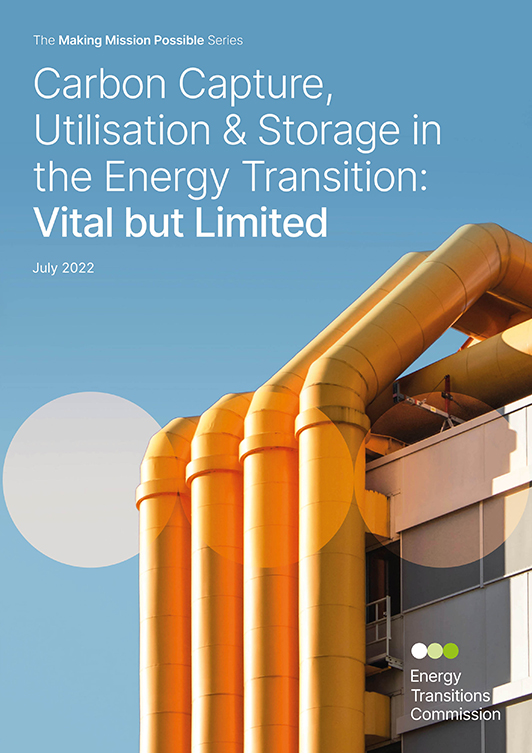Better, Faster, Cleaner: Securing clean energy technology supply chains
June 2023
Clean energy supply chains challenges
The global transition to net-zero demands a massive deployment of clean energy technologies. Clean electrification is the backbone of the transition to net-zero and will provide over 60% of all energy consumed in 2050, up from 20% today. Achieving this would need wind and solar capacity to increase 2.5-4 times and electric vehicle sales will need to grow over sixfold by 2030 from current levels. While there are no fundamental barriers to delivering the energy transition by mid-century, three key supply-side challenges must be addressed in the short to medium-term to avoid delays or increased costs:
- Scaling manufacturing and supply quickly enough to meet demand, which could be challenging for key raw materials (lithium and copper) that are difficult to substitute and in high-demand, and particularly complex components (e.g., offshore wind transport vessels or grid transformers) that are costly and have long lead times.
- Environmental and social concerns around mining and manufacturing.
- Geographic concentration of clean energy supply chains, especially in China for solar PV and EV battery manufacturing.
This Insights Briefing is part of our series on Barriers to Clean Electrification and is critical in highlighting that the clean energy transition can be delivered on-time and at an affordable cost if supply chain risks are minimised by policy and industry action. The accompanying EU Policy Toolkit presents a summary of the EU’s position in key clean energy supply chains and outlines major policy priorities.








